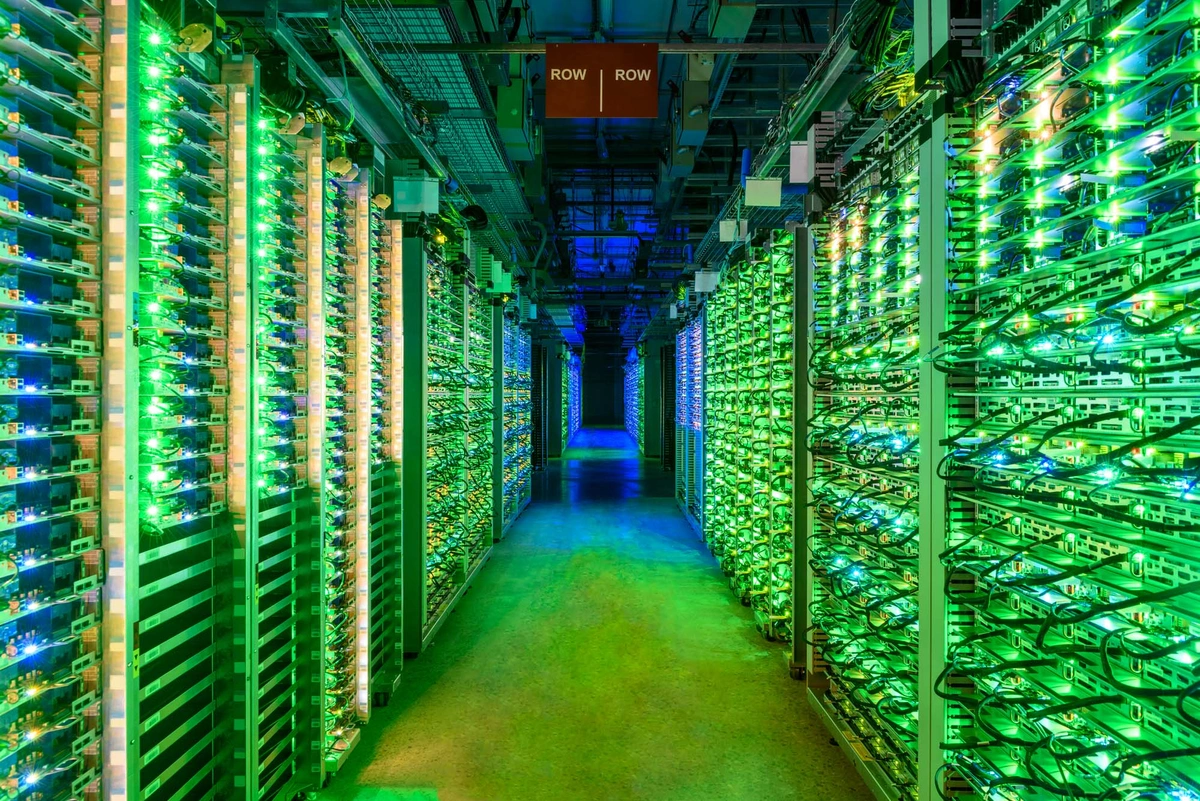The datacenter wars - VMware versus Nutanix

This is going to be a story based blog and my view of both the companies. This might not include a lot of tech terms. However I'd like to present my understanding of things and it's nail-biting not any less than a movie. I might be wrong in some places as I am not an analyst. However, having worked at both the places I can speak a little about the products, the back story and the business models.
Having one application on one machine was the industry norm to avoid failures and cascading failure across the applications. Even if the e-mail application needed 512MB of RAM to run it occupied an entire machine having 4GB memory leading to very low resource utilization.

Enters VMware...
[1998] VMware well now Broadcom was the very first company to virtualize the x86 architecture and provide it as a commercial solution. To put virtualization in simple terms it is a process of emulating hardware devices like the CPU, memory, etc. using code. In my opinion it is one of the best innovation in the computer technology so far. It is what fuels the large cloud computing industry that exists today. The thought of dividing one large machine into several independent smaller machines using software is spectacular. These are by the way known as virtual machines. They are standalone machines that behave exactly like a normal physical machine would. They have their own kernel, hardware - CPUs, disks, memory, network cards, GPUs etc. underneath it(virtual), operating systems and every a physical machine might have. To do this VMware provides an operating system otherwise known as the hypervisor that needs to be installed on the bare metal hardware. Once installed this operating system emulates all the hardware and provides an interface to create, use and delete the virtual machines. This operating system is know as ESX.
The huge 4GB RAM machine could now be divided into smaller machines of say 1GB RAM virtual machines capable of running 4 applications. Now along with the e-mail application you could run 3 different business application on the same machine leading to maximum resource utilization and the cost of buying 3 other machines being saved. It was a game changer. Further the processor manufacturers Intel and AMD started providing hardware support for virtualization technology that made ESX even more powerful. After the grand success of VMware many companies tried copying the technology but ESX emerged out to be the gold standard and it still does till today. A quick google search on the numbers, requirements, performance of ESX would justify the fact. Another amazing piece of tech VMware built was the vMotion. VMware's virtual machines disk, cpu state, memory frames could all be stored into files. Yes you heard it right and then these files could be used to resume the virtual machines from where it was left. This made the virtual machines portable and could be stored in a flash drive, hard drive and carried along. This gave rise to vMotion where a virtual machine could be moved from one physical machine to another on the fly with no down time. This was sheer cutting edge feature that was way ahead of it's time. It enabled no-down time on the apps in case of physical machine failures as the machines could simply be moved to another physical machine.
VMware built an ecosystem around the ESX. This ecosystem is known as vSphere. It has a control/management plane named vCenter that is used to manage multiple machines having ESX installed on them and serves as single pane of glass for all the nodes in the data center. Other products include network virtualization - NSX, VMware Cloud Foundation - A packaged solution that has all the products VMware makes a.k.a the entire VMware stack. I will talk about these in another blog as it'd take up a lot of space if I go on writing here about VMware and the terrific suite of products it has.
All cool, all good.
After this awesome virtualization solution for the CPU, Memory, Network the industry norm for storage was to still have an external NAS/SAN(storage area network, network attached storage) to provide persistent storage to the machines. The machines would be backed up by the external storage. The machines had disks integrated on them but no one really used it as they were local to the physical machine only. That storage was just sitting on the machines not utilised at all.
Enters Nutanix...
[2009] Nutanix solved this problem and coined a new term in the market called "Hyper converged infrastrcuture". - Part 2 coming soon :)
